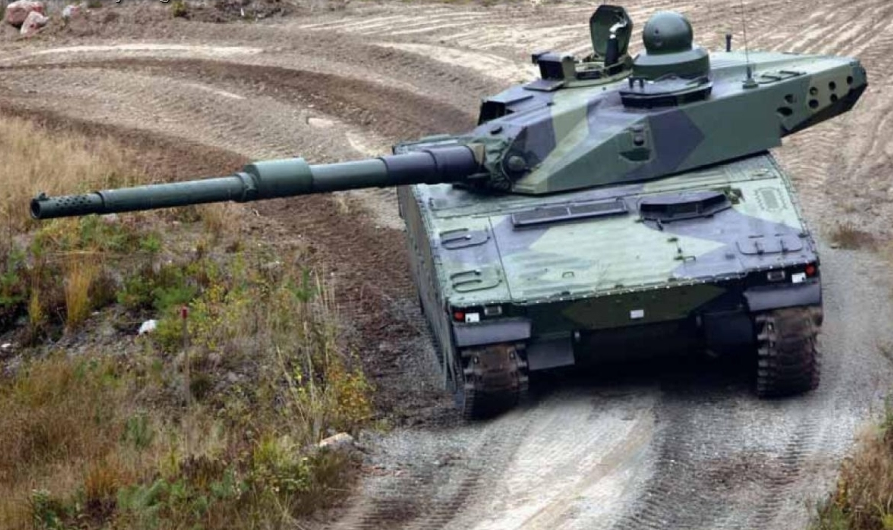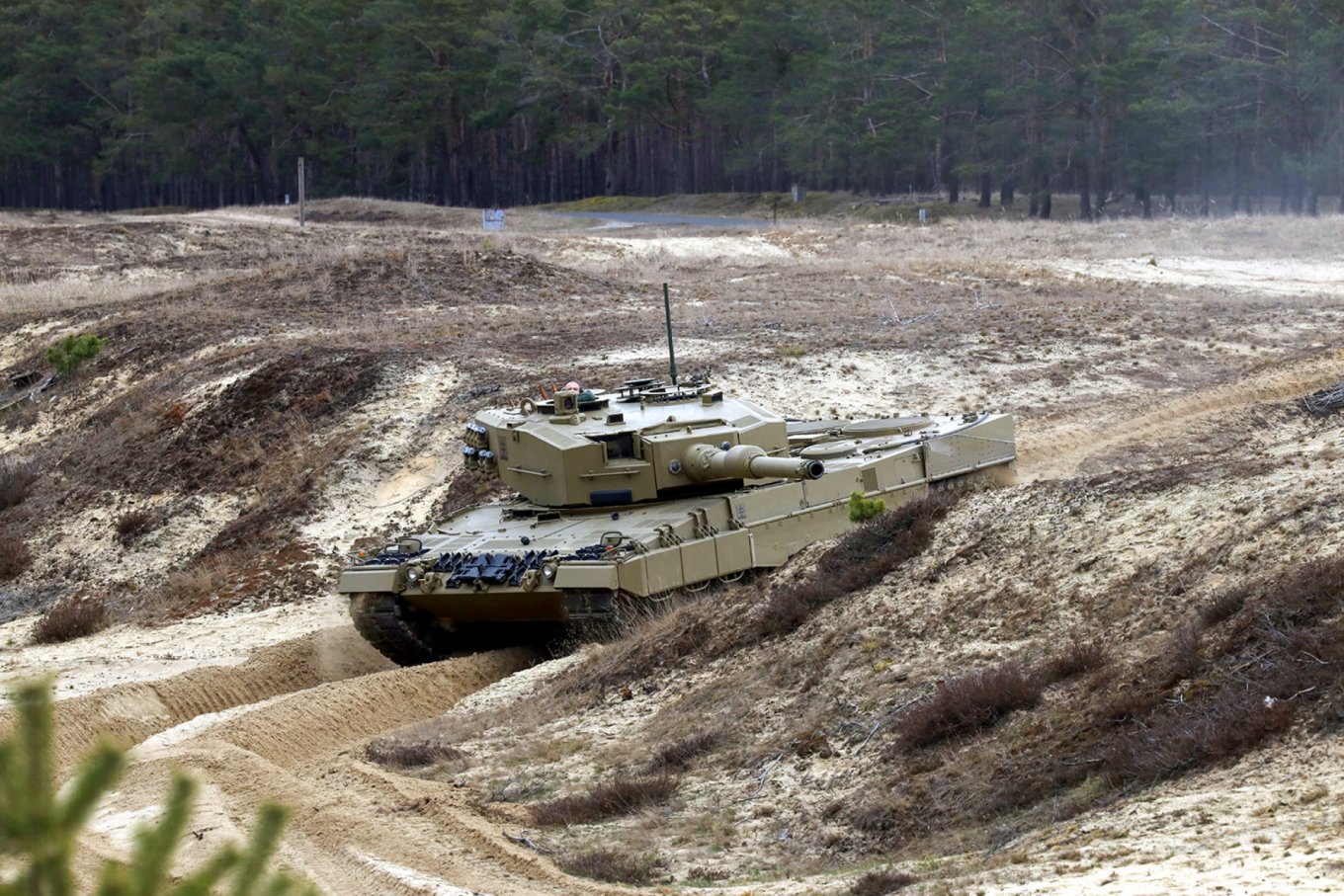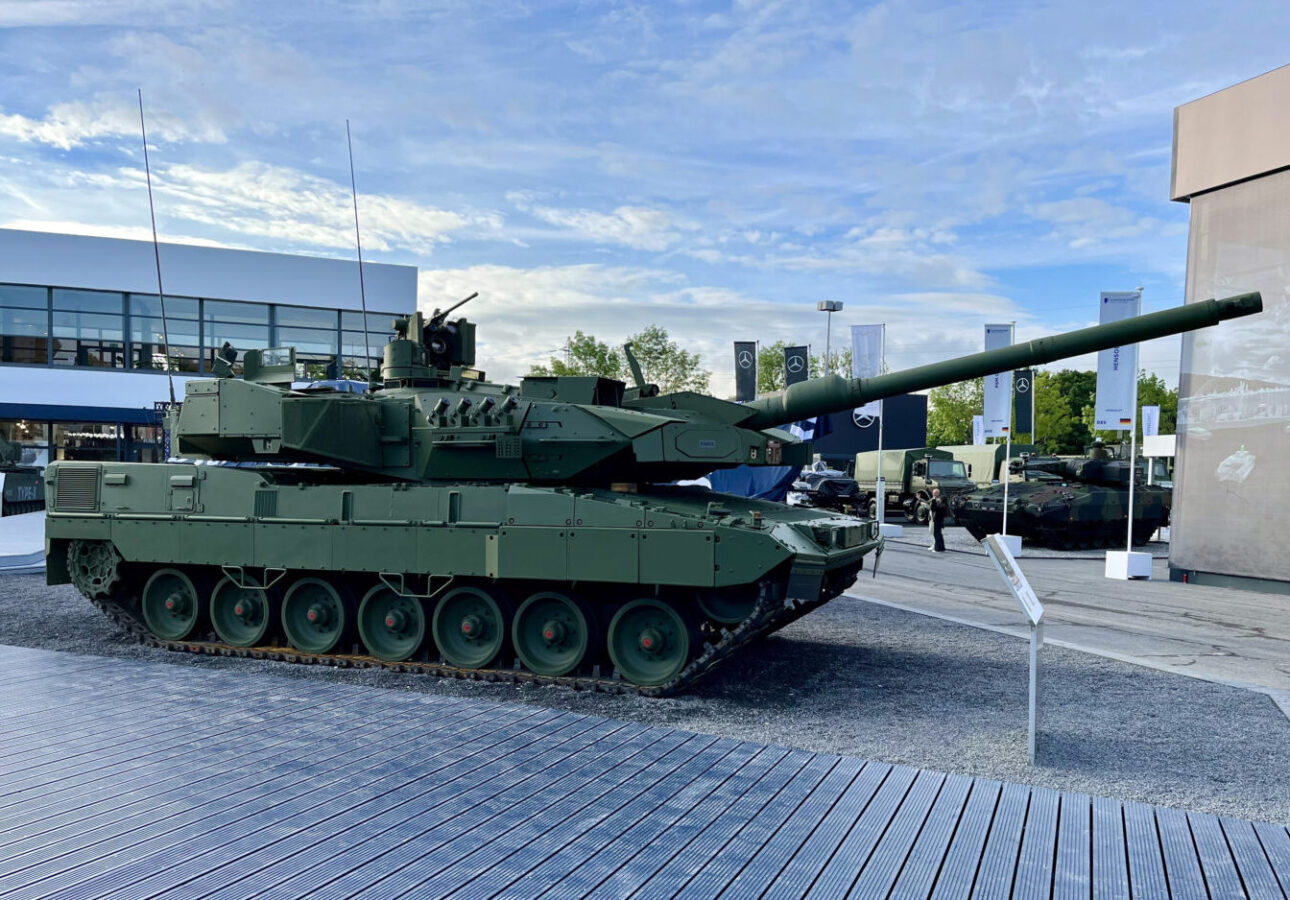The Slovak Ground Forces currently have in their possession 30 Soviet T-72M1 tanks and 15 Leopard 2A4 tanks, acquired from Germany in exchange for "Warsaw Pact" weapons for the Armed Forces of Ukraine.
Slovakia intends to replace its T-72 tanks with more modern vehicles, particularly as part of its NATO commitments. Initially, the Slovak Ministry of Defense aimed to purchase as many as 104 state-of-the-art Leopard 2A8 tanks, but now they are discussing the intention to acquire less powerful vehicles – the lightweight CV90120-T tanks from BAE Systems, developed based on the CV90 infantry fighting vehicle with 120-mm guns.

This somewhat unexpected shift is explained by the Slovak Ministry of Defense as being motivated by financial considerations. They argue that acquiring 104 new Leopard 2A8 tanks would cost the state treasury over 2 billion euros at a rate of 25 million euros per tank, which is an extremely high expense.
Moreover, Slovakia cannot deviate from the figure of 104 tanks, as NATO obligations require the Slovak army to establish two tank battalions instead of one, with an increase in the number of tanks per battalion from 44 to 52.
Thus, the Slovak defense ministry is considering the option of purchasing CV90120-T lightweight tanks instead of Leopard 2A8 tanks to replace the Soviet T-72s, which cost 11 million euros each.

According to The Military Balance data, Slovakia's entire defense budget for 2023 amounted to 2.46 billion euros (data for 2024 is not available). In this context, the 2 billion euros needed to purchase new main battle tanks indeed seems unmanageable, but on the other hand, payments for new tanks for the Slovak army could clearly be spread over several years. Moreover, the project for Leopard 2A8 for Slovakia was intended to be conducted in cooperation with Germany, which also wants to acquire such tanks for the Bundeswehr.
Furthermore, in the case of the CV90120-T, it is a vehicle that may initially appear to have attractive characteristics in terms of price and the "mobility/firepower" ratio, but on the other hand, it is incapable of performing the same functions on the battlefield as a classic main battle tank.

To date, no NATO country has purchased the CV90120-T lightweight tanks, which only exacerbates the compatibility issue with the armies of other Alliance members on the battlefield. This raises a logical question: why would one truly want to buy such a vehicle, especially given the resource scarcity problem.
The example described above clearly indicates that real unification in terms of military equipment among NATO members is literally limping on all possible fronts. Furthermore, it highlights that the Alliance faces the challenge of not just increasing the actual level of defense spending but also transforming this from a quantitative to a qualitative level.